The Cleveland Foundation upholds a longstanding commitment to racial equity ingrained in our grantmaking and community engagement initiatives and heightened by the recent national reckoning on systemic racism. As an urgent and timely extension of this work, including the 2020 launch of the Cleveland Black Futures Fund, our board and staff are taking a close look at internal structures that can be used as instruments to further promote racial equity. We’re proud to report on three fall 2020 developments described below, including the launch of a Racial Equity Investment Pool, establishment of a Police Brutality Bond exclusion and adoption of an official Anti-Hate Group policy regarding grants from donor-advised funds.
Launching a Racial Equity Investment Pool
Our investment committee, responsible for governing the Cleveland Foundation’s $2.7 billion portfolio, observed that there is still underrepresentation of Black, Indigenous and people of color (BIPOC) on public equity boards. In response to this disparity, the foundation launched a Racial Equity Investment Pool, likely the first of its kind among the largest U.S. community foundations. The pool is already valued at $15.8 million.
The pool is focused on investing in U.S. public companies that (1) are inclusive of BIPOC representation on their boards (targeting 50% more representation than the Russell 3000 Index), (2) have a history of fostering an inclusive, equitable and diverse workplace culture, and (3) have a stated commitment to racial equity. Outside the U.S., the pool invests with BIPOC owned (>50%) investment firms to help equalize the diversity imbalance in investment management. The pool is complementary to the foundation’s Socially Responsible Investment Pool and offers some of the same socially conscience elements while also giving donors a more focused, mission-driven investment option for racial equity.
The Cleveland Foundation also seeks to partner with BIPOC and female investment managers across our full portfolio of assets. Furthermore, we seek to collaborate with other entities that share our values of diversity, equity and inclusion.
Establishing a Police Brutality Bond exclusion
Police Brutality Bonds are municipal bonds that have a clause that allows them to be used to settle police misconduct claims, putting the repayment and interest burden on the taxpayer instead of the officers committing the crimes. As part of our Social Impact Investing program, the Cleveland Foundation took the position of not owning these types of bonds anywhere in our portfolio. After a scan of our holdings, we found and immediately sold a very small position in such assets. Although this divestiture is a small statement in dollars, we hope that it will lead to a conversation inspiring other investment managers to screen their own portfolios and encourage municipalities to put more of this burden on the liable officers and not the public.
Adopting an Anti-Hate Group policy regarding grants from donor-advised funds
Our board of directors unanimously approved an official Anti-Hate Group policy that formalizes a process for our staff to flag, research and deny a grant recommendation from a donor-advised fund to a public charity widely considered to be a hate group. While it is important to note that the Cleveland Foundation has not had a known incident in this regard, we believe having an official Anti-Hate Group policy aligns with our mission that is rooted in enhancing the lives of all we serve and helps provide additional safety and stewardship for all involved. Simply put, we believe this policy and the updates noted above reflect the shared values and philanthropic spirit of generations of our donors.
Cleveland Foundation Racial Equity Historic Milestones
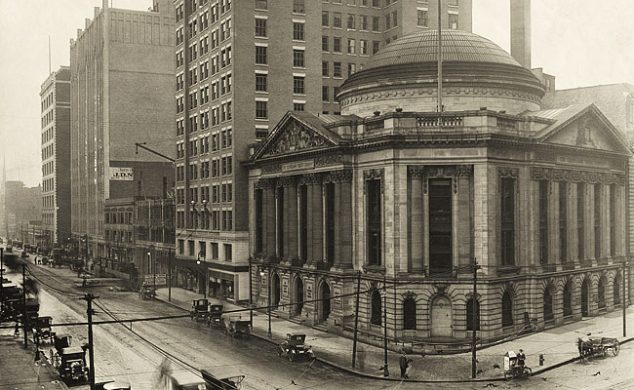
1914 - Eight surveys of pressing urban problems
The surveys, which document problems and recommend solutions, establish a precedent for community foundations to lead as well as support. Click the photo to learn more.
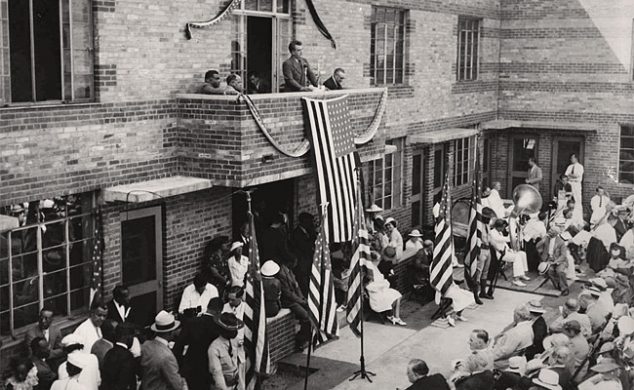
1933 – Paving the way for public housing
A master plan to replace 1,000 acres of dilapidated housing with low-income garden apartments was prepared by a private redevelopment corporation chaired by the foundation’s director. Click the photo to learn more.
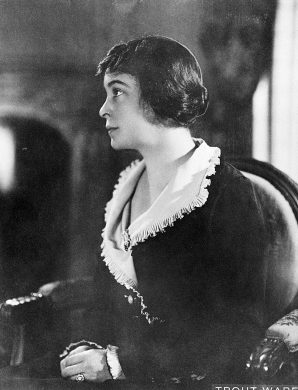
1934 – Anisfield-Wolf Book Awards
In 1934, Edith Anisfield Wolf established the Anisfield Prize to honor a scholarly work on race relations. Today, the Anisfield-Wolf Book Awards are presented annually to the authors of three or four distinguished books that address racism and foster appreciation of diversity. Click the photo to learn more.
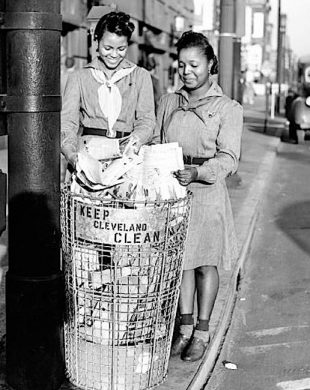
1941 – Support of African American Girl Scout troops
Acknowledging its obligation to confer grants “without discrimination [on the basis] of race, color or creed,” the foundation awarded $1,500 to the Cleveland Girl Scout Council to recruit leadership for new troops and to meet transportation and camping costs for troops requiring financial assistance. Click the photo to learn more.
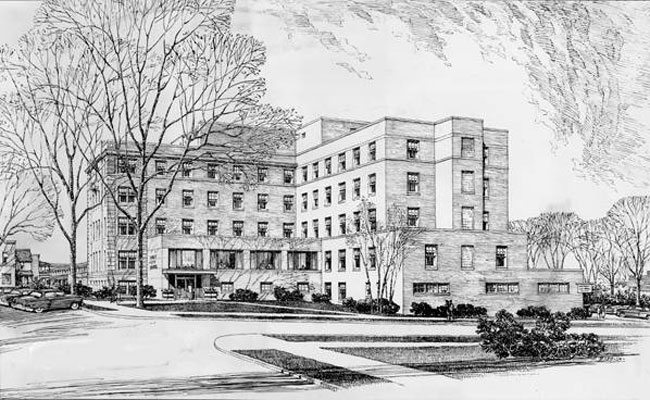
1958 – Emergency aid to African American run hospital
Forest City Hospital, a 100-bed general medical center built by a group of African American physicians who wanted to practice in a hospital free of race restrictions, survived its difficult first year of operation with the help of the foundation’s $35,000 emergency grant. Click the photo to learn more.
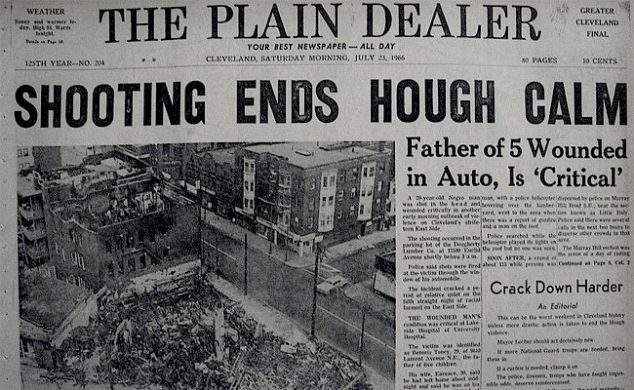
1960 – Attempt to address desperate conditions in Hough
In the 1960s, the Cleveland Foundation contributed $106,000 over five years to the Welfare Federation of Cleveland to support the development of a comprehensive social services plan to ameliorate the problems besetting the 80,000 residents of Hough. Click the photo to learn more.
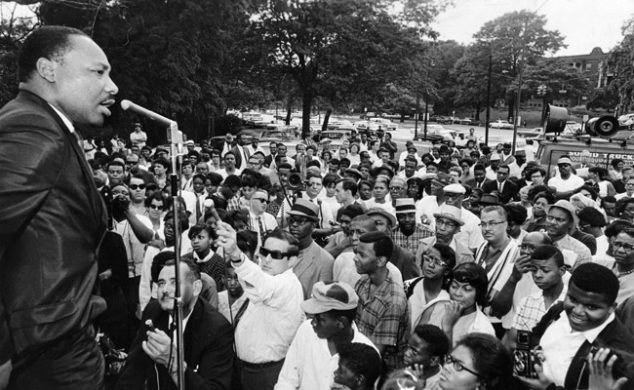
1960 – Promoting fair housing and integration
The foundation lent moral and financial support to a wide range of groups working to overturn entrenched patterns of housing segregation. Click the photo to learn more.
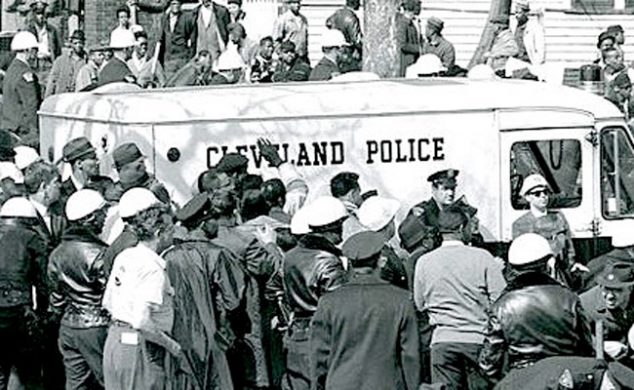
1964 – Establishing a groundbreaking interracial forum
In a historic meeting at 3 p.m. on Sunday, April 19, 1964, the ranking leadership of Cleveland’s Black and white communities assembled in one room. The parties agreed to form ad hoc committees to examine the problems facing African American residents in the areas of employment, housing and education. Click the photo to learn more.
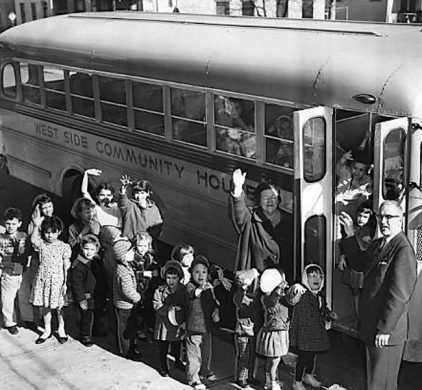
1966 – Outreach to the near west side’s growing Hispanic population
The West Side Community House, an Ohio City-based social service agency whose origins date back to 1890, launched one of the city’s earliest bilingual outreach efforts with foundation support. Click the photo to learn more.
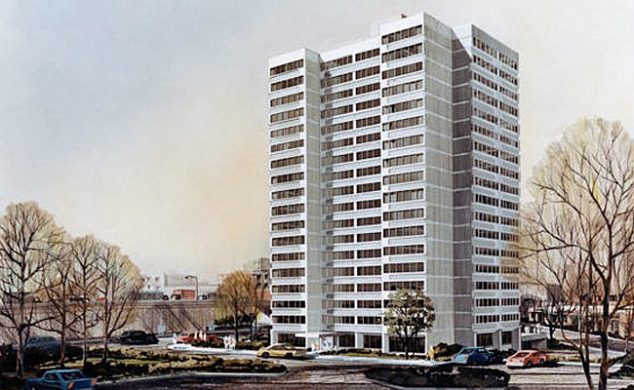
1967 – Access to decent, affordable housing
With an estimated 50,000 substandard homes in Cleveland, the foundation organized a citizens’ action committee to tackle the challenge of providing decent, affordable housing for every Cleveland family. Click the photo to learn more.
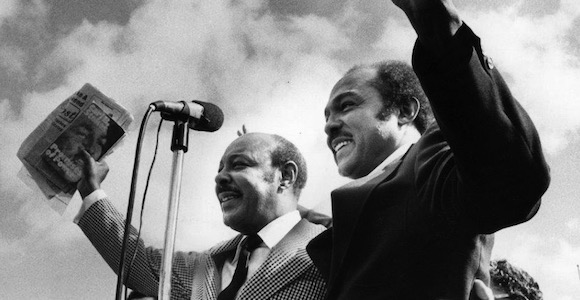
1968 – Support of Carl Stokes’ historic mayoralty
Realizing that the future of the city depended on inspired, perhaps even heroic, political leadership, the leaders of the Cleveland Foundation stood ready to help provide whatever new mayor Carl B. Stokes needed. Click the photo to learn more.
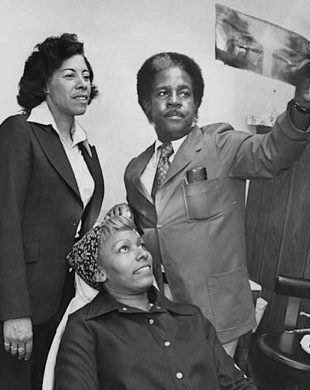
1974 – Comprehensive health care for the indigent
The Glenville Health Association received an award of several hundred thousand dollars from the Cleveland Foundation to provide comprehensive medical, dental and mental health care to Glenville residents, regardless of their ability to pay. Click the photo to learn more.
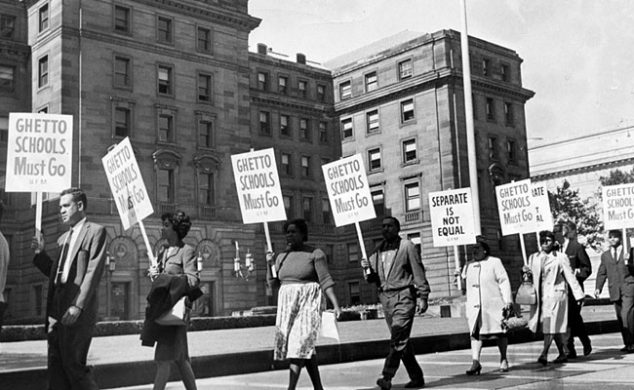
1975 – Peaceful school desegregation
To prevent the violence that greeted court-ordered busing in Boston, the foundation put more than $1 million toward a three-year public education campaign. Click on the photo to learn more.
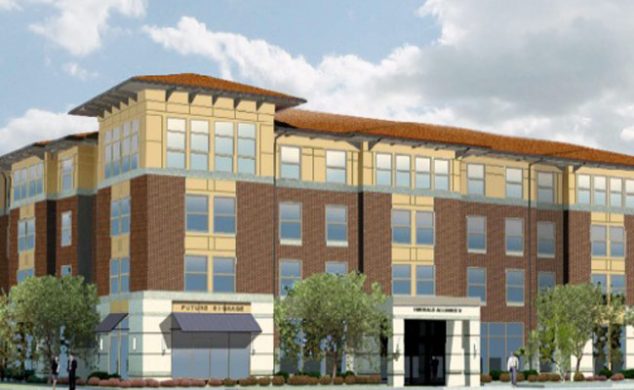
1981 – Systematizing housing rehabilitation
The Cleveland Foundation invested $500,000 in the start-up and operation of Cleveland Housing Network, which provided technical support for neighborhood development organizations (NDOs) doing housing rehabilitation. Click the photo to learn more.
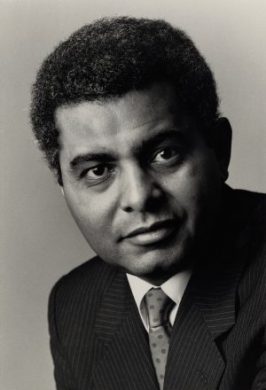
1984 - Steven A. Minter, 1st African American president of any U.S. community foundation
In 1984, at age 46, Steven A. Minter became the eighth chief executive of the Cleveland Foundation, the first African American in the country to rise to such a position with a community foundation. Click the photo to learn more.
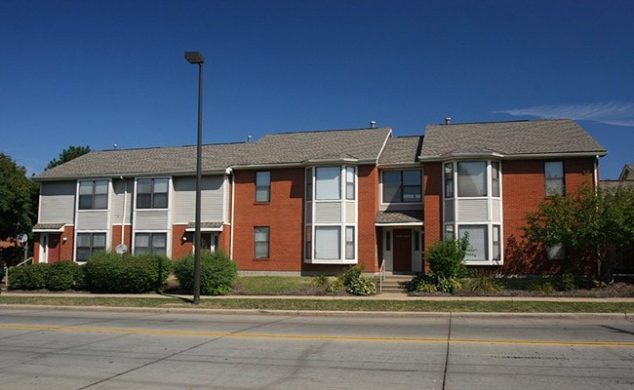
1986 – Turnaround in Hough
The foundation’s championship of a unique proposal to build townhomes near the flashpoint of the Hough riots marked the beginning of reinvestment in the central-city neighborhood. Click the photo to learn more.
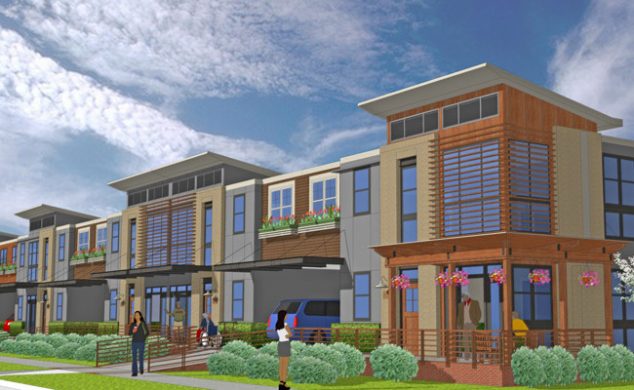
1988 – Sustained resources for neighborhood development
Established in 1988 with the foundation’s contribution of $500,000 to its first three years of operation, Neighborhood Progress, Inc. (renamed Cleveland Neighborhood Progress) has since mobilized $26 million from public and private sources to support community development organizations (CDOs) that have attracted residents, jobs and new retail, cultural and recreational amenities.
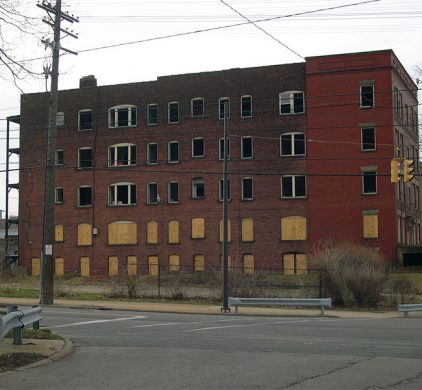
1988 – Understanding the causes of poverty
In response to concerns about Cuyahoga County’s unacceptable poverty rate, which had surpassed the nationwide average, the Cleveland Center for Urban Poverty and Social Change was established at Case Western Reserve University in 1988. Under the leadership of director Claudia Coulton, the center set out to provide the area’s socioeconomic policymakers with previously unavailable data that might help to explain the county’s high and ever-increasing poverty rate. Click the photo to learn more.
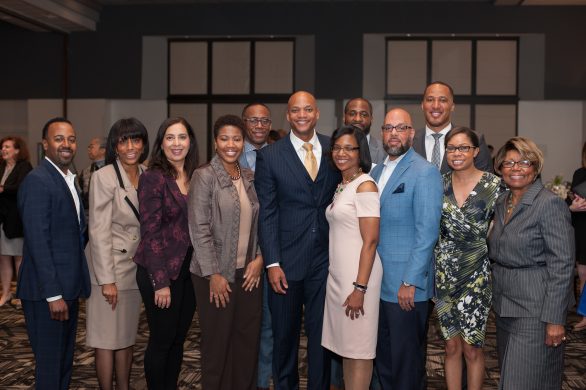
1993 – African American Philanthropy Committee founded, becomes national model
The African American Philanthropy Committee has sought, through a variety of educational activities, to nurture and broaden the charitable pursuits of African Americans. Click the photo to learn more.
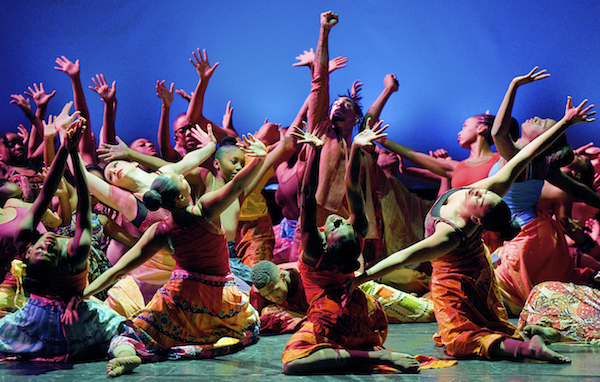
1994 - Minority Arts and Education Fund
Established in 1994, the Minority Arts and Education Fund strengthens and builds the capacity of organizations that promote the arts and cultures of communities of color and provides meaningful creative opportunities for artists of color. Click the photo to learn more.

1999 – Helping young children thrive
Acting on new research showing the years from birth to five to be the most critical developmentally, the foundation successfully advocated for a major redesign of Cuyahoga County’s child welfare services. Click the photo to learn more.

2003 – A greater University Circle
With $3 billion in new construction underway or planned by University Circle institutions, the Cleveland Foundation seized a once-in-a-generation opportunity to extend anchor-institution investment into a half-dozen nearby neighborhoods. Click the photo to learn more.
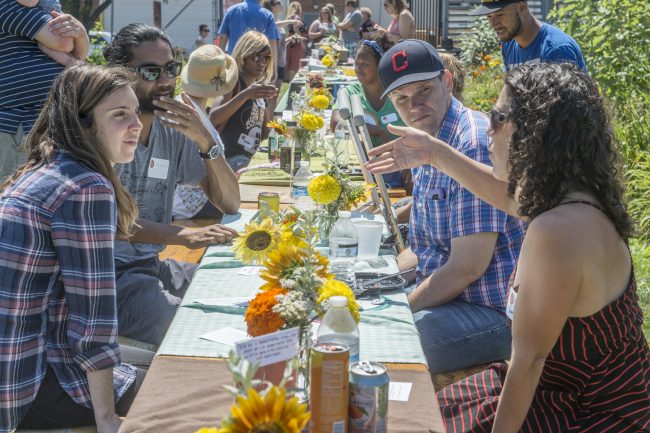
2003 - Neighborhood Connections
Neighborhood Connections is a nationally recognized community-building program established in 2003 as a program of Suite 1300 Services, Inc., a 501(c)(3) nonprofit funded primarily by the Cleveland Foundation and other partners. Its mission is to fuel the power of neighbors to create, together, an extraordinary world right where they live. Click the photo to learn more.
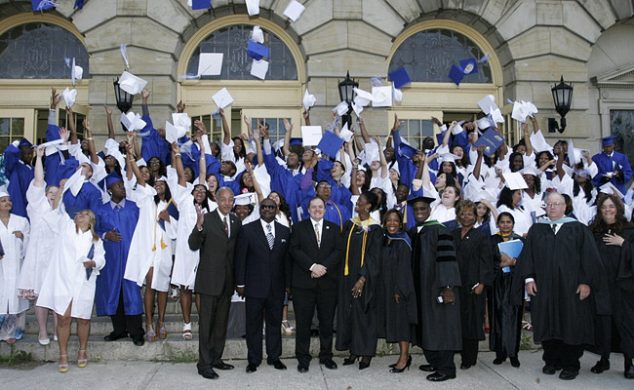
2006 – Portfolio of 20 innovative and excellent schools
In 2006, the foundation partnered with The George Gund Foundation and the Cleveland Municipal School District to create a portfolio of new, innovative and excellent schools. Click the photo to learn more.
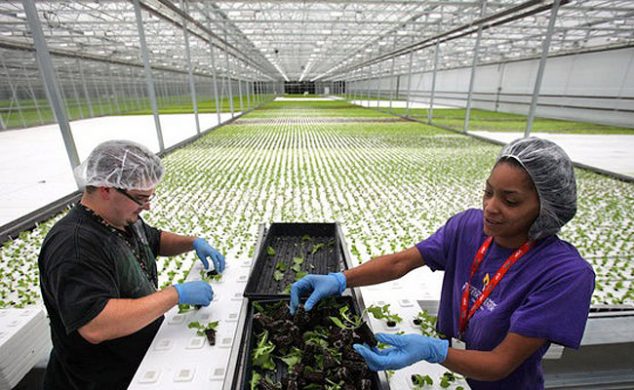
2008 – Creating real jobs for neighborhood people
To reduce poverty in University Circle’s environs, the foundation has designed and launched three workers’ cooperative businesses that serve the Circle’s anchor institutions. Click the photo to learn more.
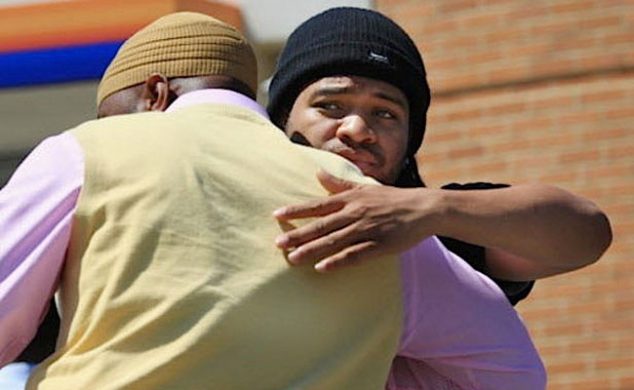
2008 – Gang violence prevention
The Cleveland Foundation awarded $1.45 million over five years to fund the Greater Cleveland Peacemakers Alliance, which addresses gang and street violence by training outreach workers in conflict resolution, cultural diversity and community engagement. Click the photo to learn more.
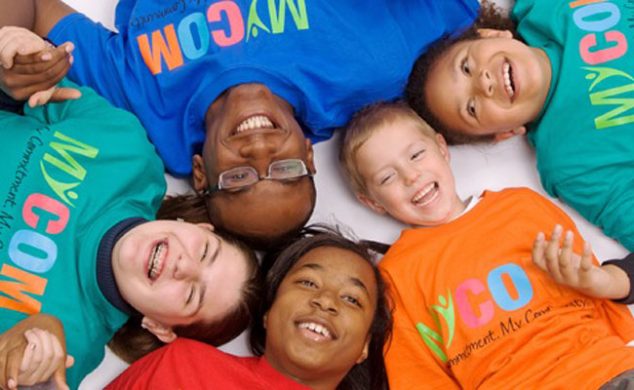
2009 – Linking city teens to enriching programs
MyCom (My Commitment, My Community) provides underserved city youths with life-enhancing, responsibility-building experiences: out-of-school enrichment activities, caring adult mentors, and summer jobs. Click the photo to learn more.
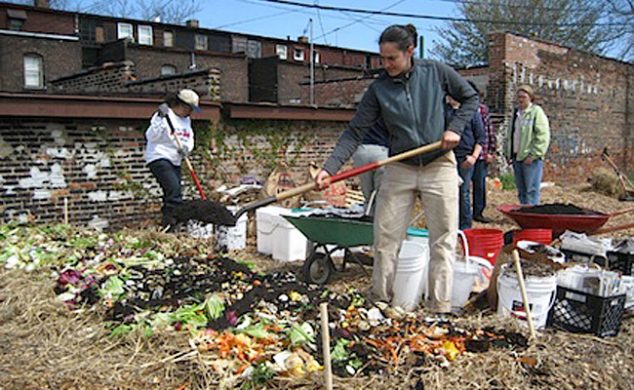
2009 – Vacant lot reclamation
A grant from the Cleveland Foundation allowed Cleveland Neighborhood Progress to work with government officials and community development organizations on a solution to the growing problem of empty lots. Click the photo to learn more.
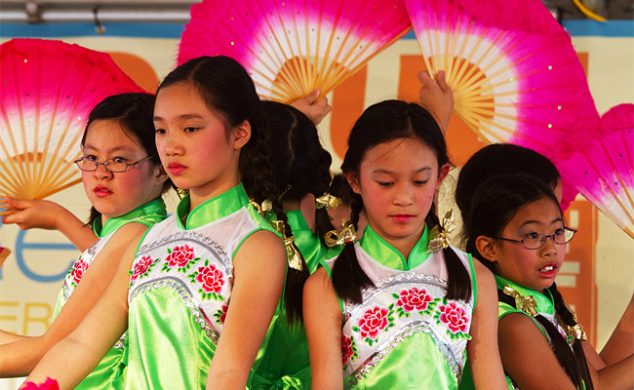
2010 - Asian Festival
Cleveland’s first annual Asian Festival, mounted in observation of Asian Pacific-American Heritage Month in May 2010, received a $5,000 foundation grant to support the organization of a weekend-long celebration. Approximately 10,000 people crowded into Asia Plaza in the St. Clair-Superior neighborhood to enjoy cultural and martial arts performances, authentic Asian cuisine and ethnic merchandise.

2010 – Training urban primary care physicians
The Northeast Ohio Medical University (NEOMED) and Cleveland State University (CSU) designed a unique training program, known as NEOMED-CSU Partnership for Urban Health, to take advantage of their combined strengths in urban health, primary care medicine and inter-professional education. Click the photo to learn more.
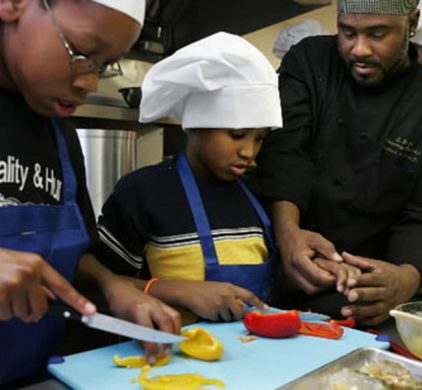
2011 – Recidivism reduction and successful re-entry
To ensure the successful reintegration into society of the 5,000 Greater Clevelanders who are released from Ohio’s prisons each year and reduce recidivism rates in the metropolitan area, the Cleveland Foundation collaborated with Cuyahoga County officials and the Centers for Families and Children on the development of an innovative pilot re-entry program called Transformation Enterprises. Click the photo to learn more.
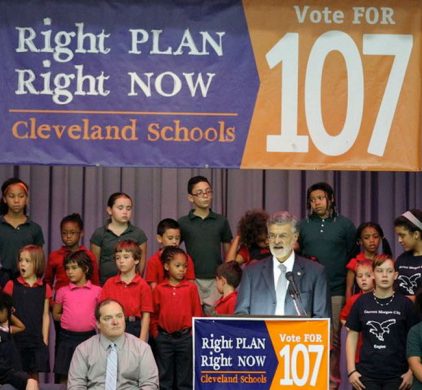
2012 – The Cleveland Plan for transforming schools
A blueprint for tripling the number of public students enrolled in high-performing schools within six years, developed with the guidance of the Cleveland and George Gund Foundations, is the most groundbreaking education reform strategy in recent local history. Click the photo to learn more.
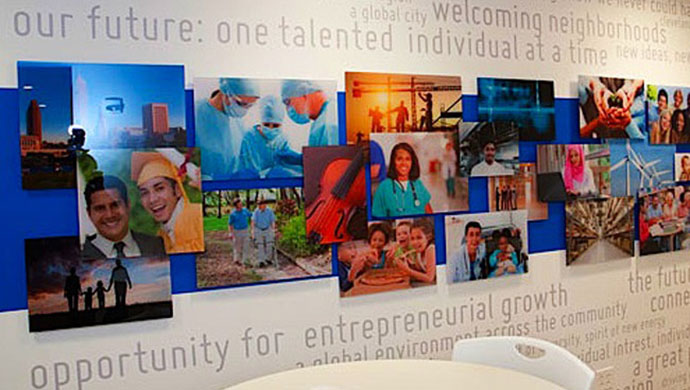
2012 - Global Cleveland
The foundation made a $150,000 grant in support of Global Cleveland, an organization designed to attract, welcome and connect international newcomers to economic, social, and educational opportunities in Cleveland and Cuyahoga County. Click the photo to learn more.
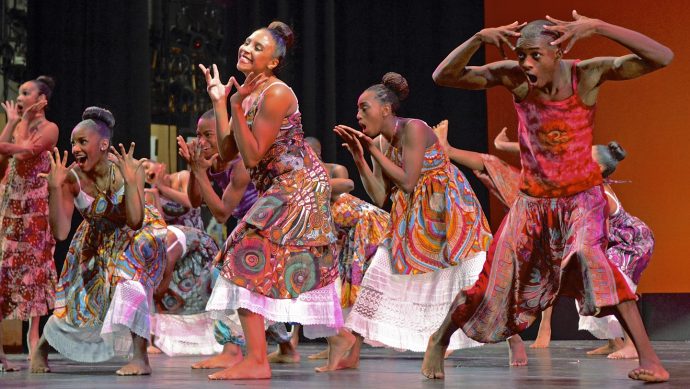
2016 – Arts Mastery Education
The Arts Mastery initiative gives Cleveland children access to high-quality arts programs in their neighborhoods. The Cleveland Foundation partners with organizations to deliver year-round, mastery-level arts programs that allow youth to develop qualities they need in adulthood. Click the photo to learn more.
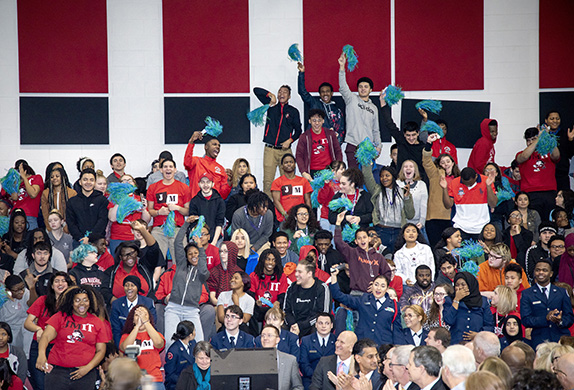
2019 - Say Yes to Education Cleveland
On Jan. 18, 2019, Cleveland officially became the fourth Say Yes to Education community-wide chapter in the nation, upping the city’s game for thousands of children – which will ultimately help create a thriving center city and a robust regional economy. Click the photo to learn more.
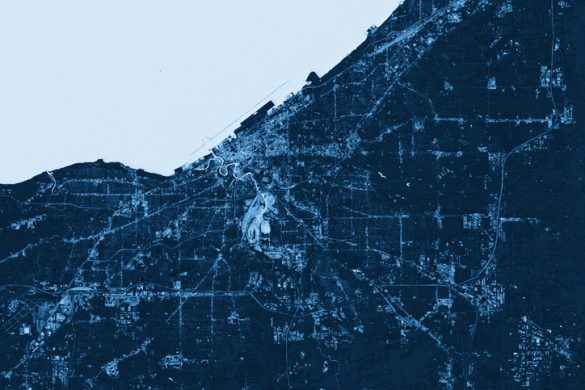
2020 – Greater Cleveland Digital Equity Fund
The Cleveland Foundation launched its Digital Excellence Initiative in 2017 to ensure all residents can successfully participate in the digital world and economy, and to elevate Greater Cleveland’s infrastructure, talent and research prominence in digital technology and innovation. The Greater Cleveland Digital Equity Fund, initially launched in 2020 with $3 million in commitments, will strategically and efficiently address immediate and long-term needs surrounding broadband access, computing devices, digital literacy and technology support. Click the photo to learn more.
Looking to learn? Visit this post for a list of anti-racism resources or contact us at hello@clevefdn.org.
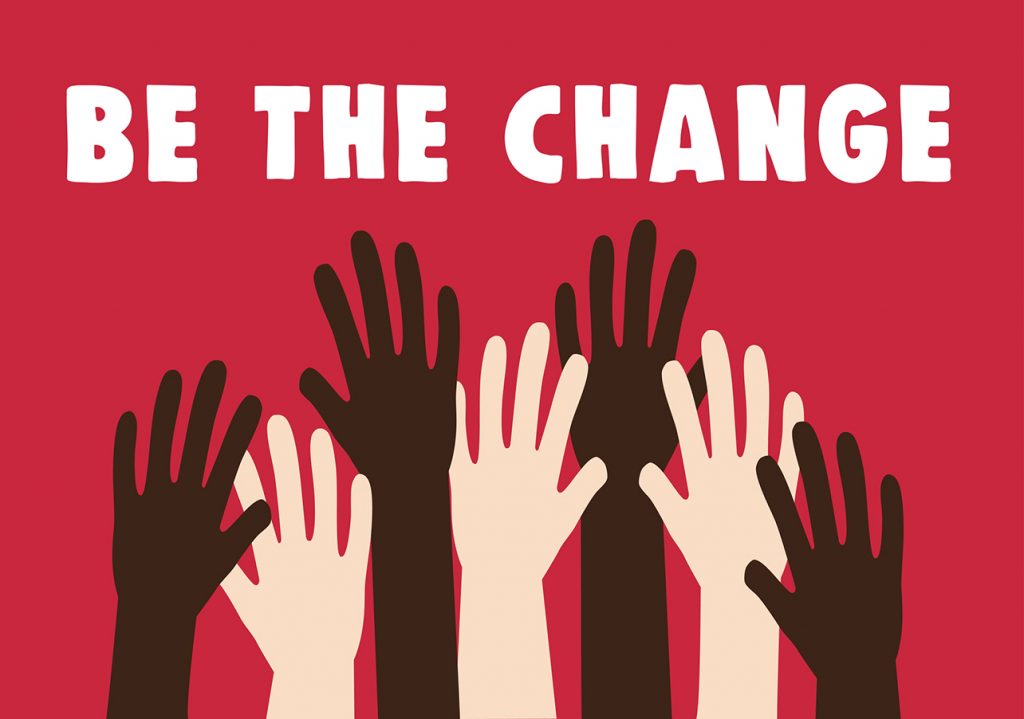

::standing ovation::
Thank you soo much!